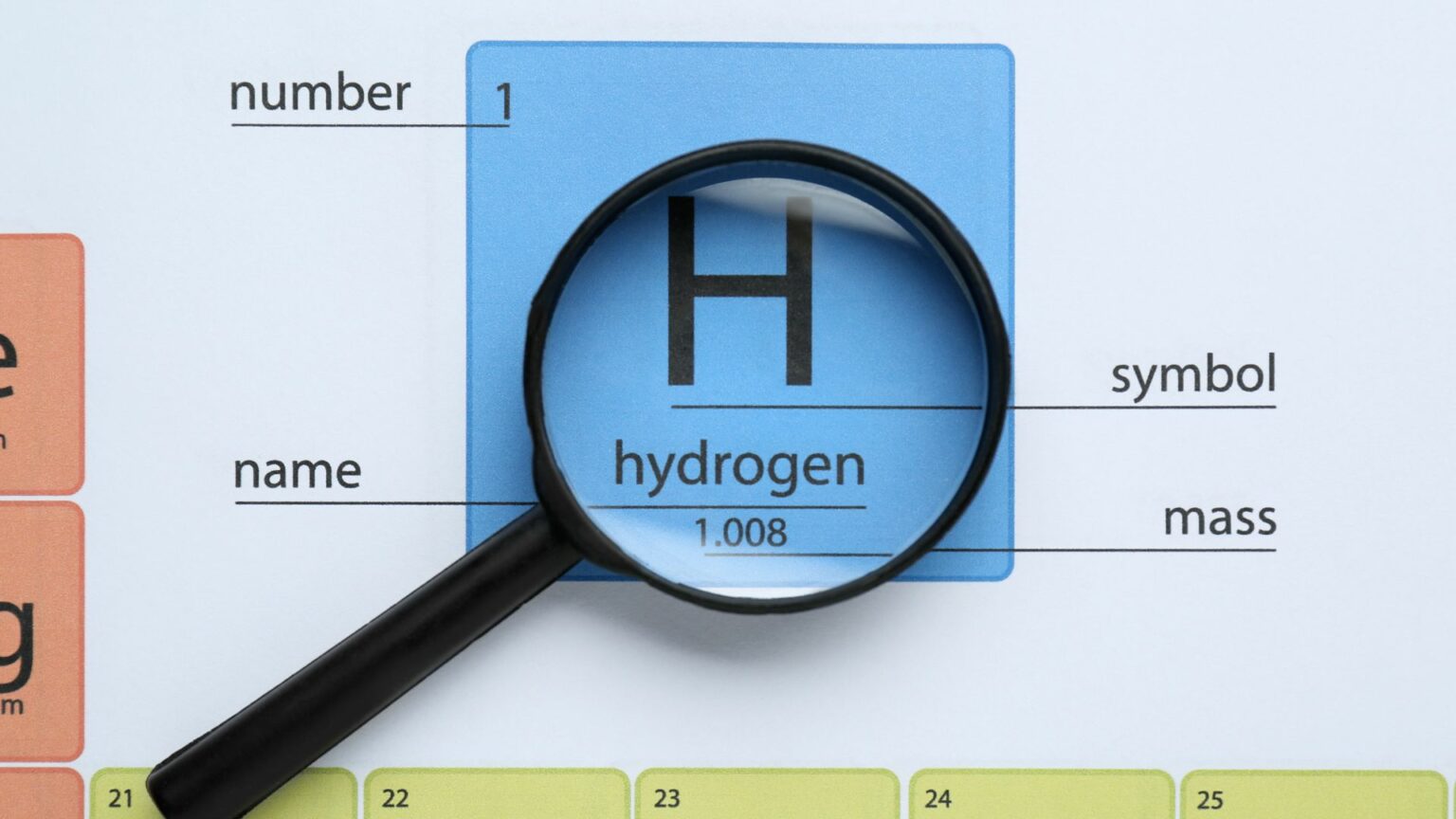Singapore has introduced a $90 million programme to advance national research in hydrogen utilization and the production of greener chemicals and fuels, including sustainable aviation fuel.
The Create Thematic Programme in Decarbonisation is described as “large-scale but ambitious and synergistic” by Professor Tan Chorh Chuan, the permanent secretary for national research and development.
The programme aims to position Singapore for low-carbon energy alternatives to achieve net-zero emissions by 2050. Despite Singapore’s reliance on natural gas for electricity generation, the country is exploring green electricity imports and other clean energy alternatives such as hydrogen, geothermal energy, nuclear technology, and carbon capture and utilization.
Singapore’s National Hydrogen Strategy highlights the potential of low-carbon hydrogen to constitute around 50% of the country’s electricity mix by 2050. By 2030, at least four hydrogen-ready power plants are expected to operate on a blend of natural gas and hydrogen. This strategy aims to decarbonize Singapore’s electricity mix, responsible for about 40% of total emissions.
Another critical aspect of Singapore’s decarbonization strategy is greening Jurong Island, the nation’s industrial and chemicals hub. Industrial emissions account for approximately 44% of Singapore’s total greenhouse gas emissions. The Sustainable Jurong Island plan targets a fourfold increase in sustainable product output from 2019 levels and aims to achieve over six million tonnes of carbon dioxide reduction per year through low-carbon solutions.
The National Research Foundation (NRF) programme comprises nine research projects spanning three to five years. These projects involve leading investigators from NUS, NTU, and international partners such as the University of Cambridge, Shanghai Jiao Tong University, Germany’s Max Planck Institute, and Japan’s Tohoku University.
While Singapore’s initiative is noteworthy, it must be evaluated against global benchmarks. Countries like Germany and Japan have already made significant strides in hydrogen technology and green chemistry. The collaboration with international experts indicates a recognition of this gap and an effort to leverage global expertise.
The success of these projects also depends on the availability of suitable land and robust infrastructure. While these factors are highlighted as strengths, the actual readiness of these sites and the effective allocation of resources remain to be seen. The competitive landscape, with companies like ExxonMobil and Adani Ports also making significant investments in green energy, further underscores the need for strategic clarity and effective execution.
